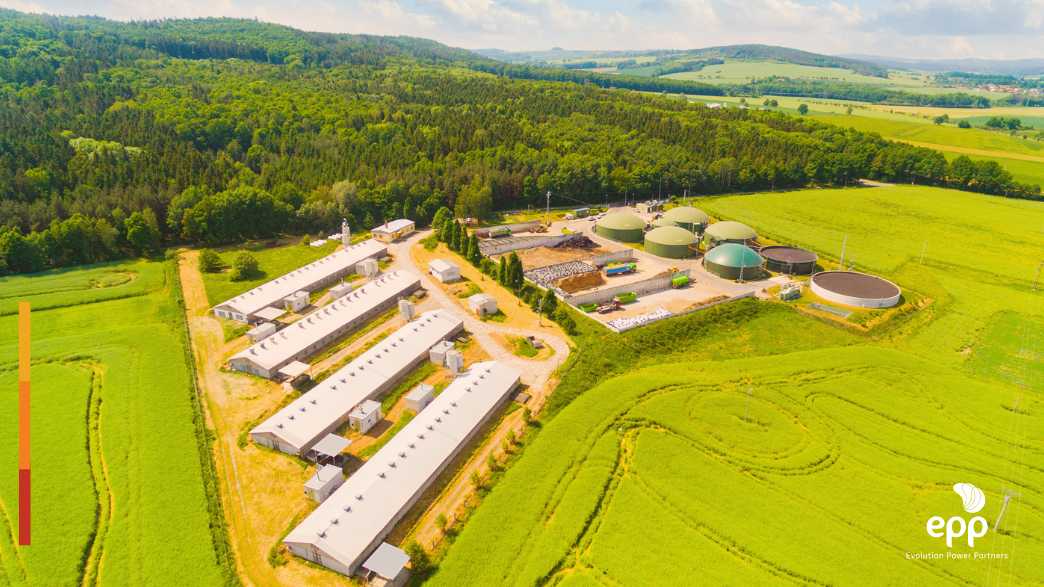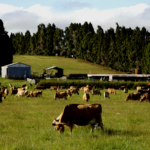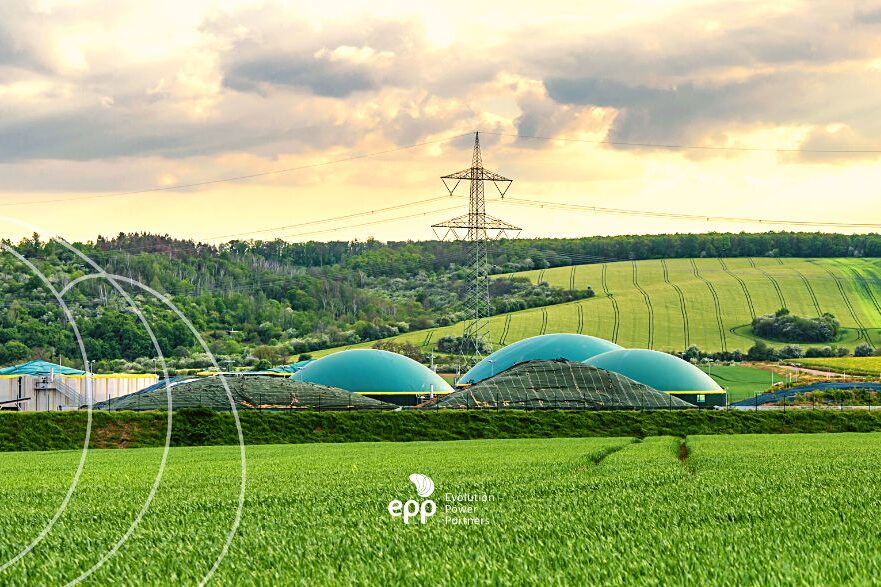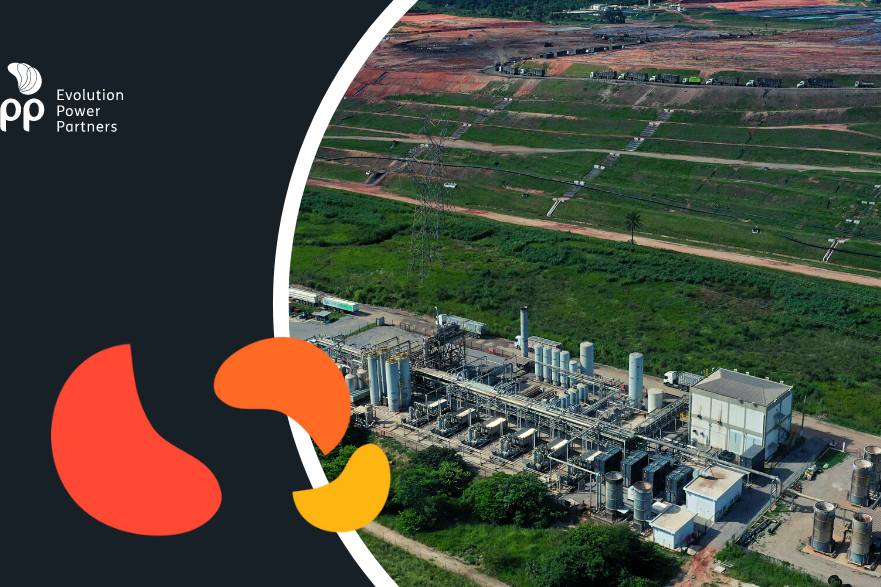Biogas from agriculture can supply ⅓ of the national energy demand. Understand how to develop this scenario.
Is it possible to develop biogas in agriculture? In recent years, the agricultural sector has been one of the main drivers of economic growth in Brazil. Following this development, the energy sector has seen in this market a way of generating energy and achieving sustainability goals, such as those agreed at COP26.
With the residues and biomass of agribusiness, it is possible to increase the generation of biogas and biomethane. Brazil is one of the countries with the greatest potential for the production of biogas on the planet, reaching 84.6 billion cubic meters per year, according to an estimate by the Brazilian Association of Biogas and Biomethane (ABiogás). In 2019, this type of generation from biomass reached only 1.8 billion cubic meters.
Biogas and its growth
Biogas is one of the fastest growing renewable energies in Brazil and in the world, being a source capable of transforming an environmental liability into an energy asset. This helps in promoting efficient and intelligent management of organic waste. In 2030, biogas production is expected to reach 11 billion cubic meters per year, with the total number of plants jumping from the 548 registered in 2019 to around 1000 plants.
Biogas can be used as thermal and electrical energy and converted into biomethane, presenting advantages for the entire production chain. Of all the biogas generated in Brazil today, 8% can be transformed into biomethane — which is the purification of biogas — and the remaining 92% are useful to generate electricity. Unlike other sources, such as hydroelectric power, in the case of biogas, production can take place at the place of consumption, reducing transmission infrastructure demands.
The challenges for the sector, at the moment, include the expansion of the natural gas distribution network — since biomethane is equivalent to natural gas — and the increase in investments for the sector. According to a study by the company GeoEnergética, produced in 2020, among the states with the greatest potential for biogas production are São Paulo, Minas Gerais, Goiás, Paraná, Mato Grosso, Mato Grosso do Sul, Rio Grande do Sul, Santa Catarina, Bahia and Pernambuco.
The advantages of investing in biogas from agriculture
Brazil could be a world power in biogas. However, in 2020, the country generated less than 2% of what it could produce. According to Abiogás, if biogas were used to its maximum potential, it could supply around 35% of the electricity demand in Brazil, with a production potential of more than 120 million cubic meters per day. Almost half of this would come from the sugar-energy segment (49.2%), followed by animal protein (30.2%), agricultural production (15.4%) and the area of sanitation (5.2%).
In addition, investing in this source helps fulfill the carbon capture function, promoting the decarbonization of the agricultural sector and providing a correct disposal of the waste produced. Compared to diesel, the biomethane that biogas produces can reduce greenhouse gas emissions by more than 300%.
ABiogás estimates that swine waste can generate 2.7 billion cubic meters of biomethane per year, enough to replace nearly 2.5 billion liters of diesel. This material could also generate enough electricity to power approximately 5 million homes each month.
Another advantage is that biogas can be used from the industrial sector to the transport sector, which consume the most energy in the country. In a scenario of energy crisis, as we are currently experiencing, diversifying the energy matrix is essential.
Therefore, in the same way that agribusiness causes impacts of climate change, the sector can also be understood as a solution to revert or mitigate this situation, having biogas from agriculture as a propellant source. If you are interested in the content and want to stay on top of news in the energy sector, follow us on social media.





